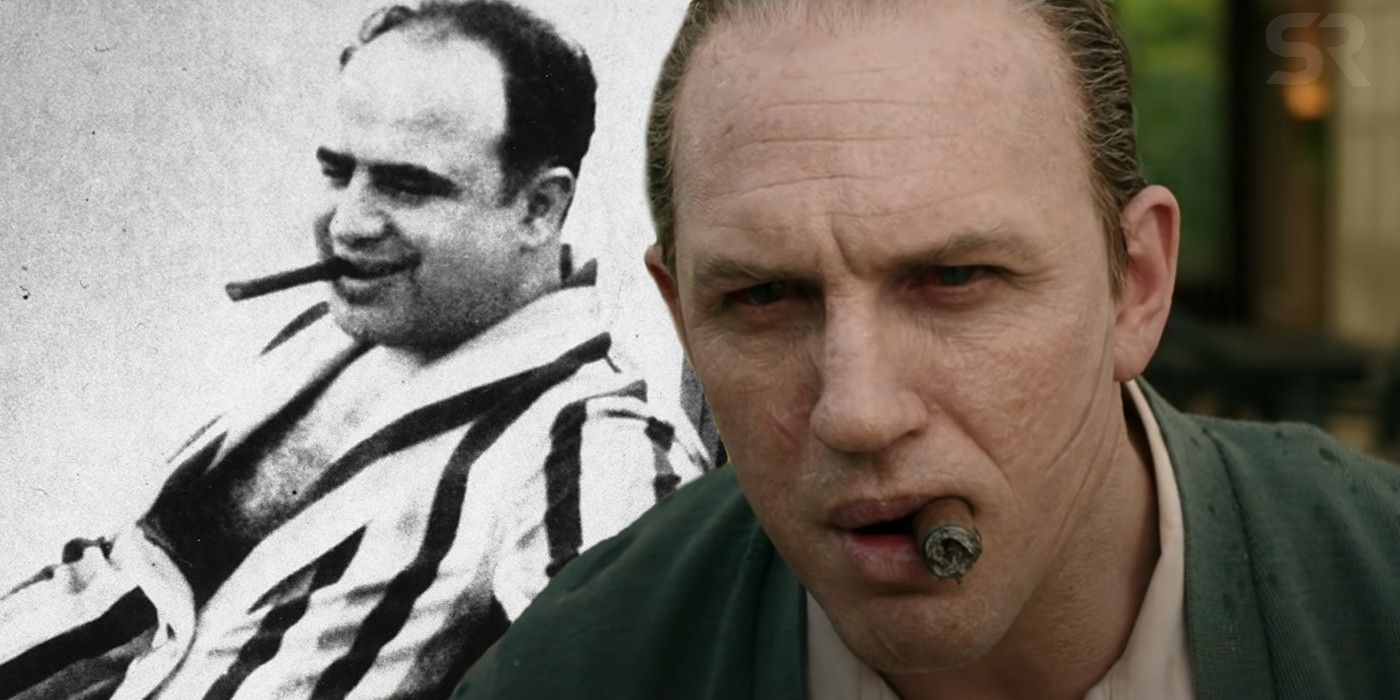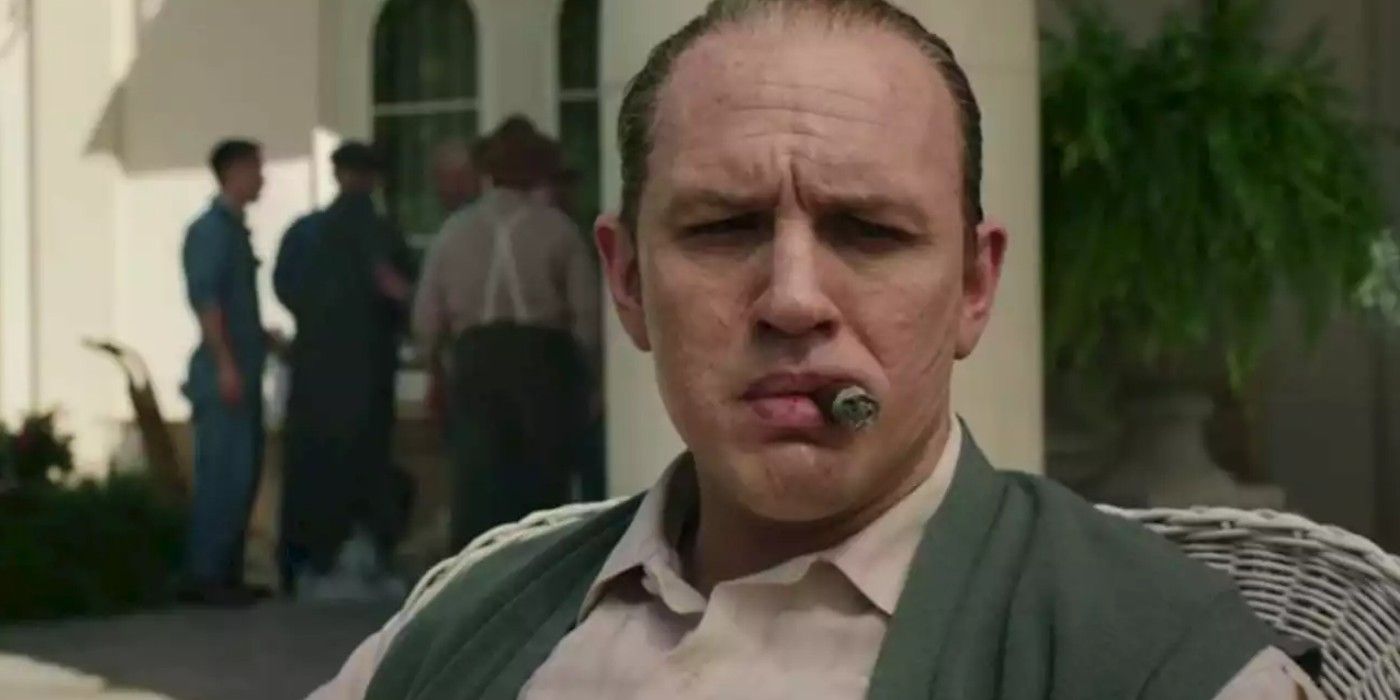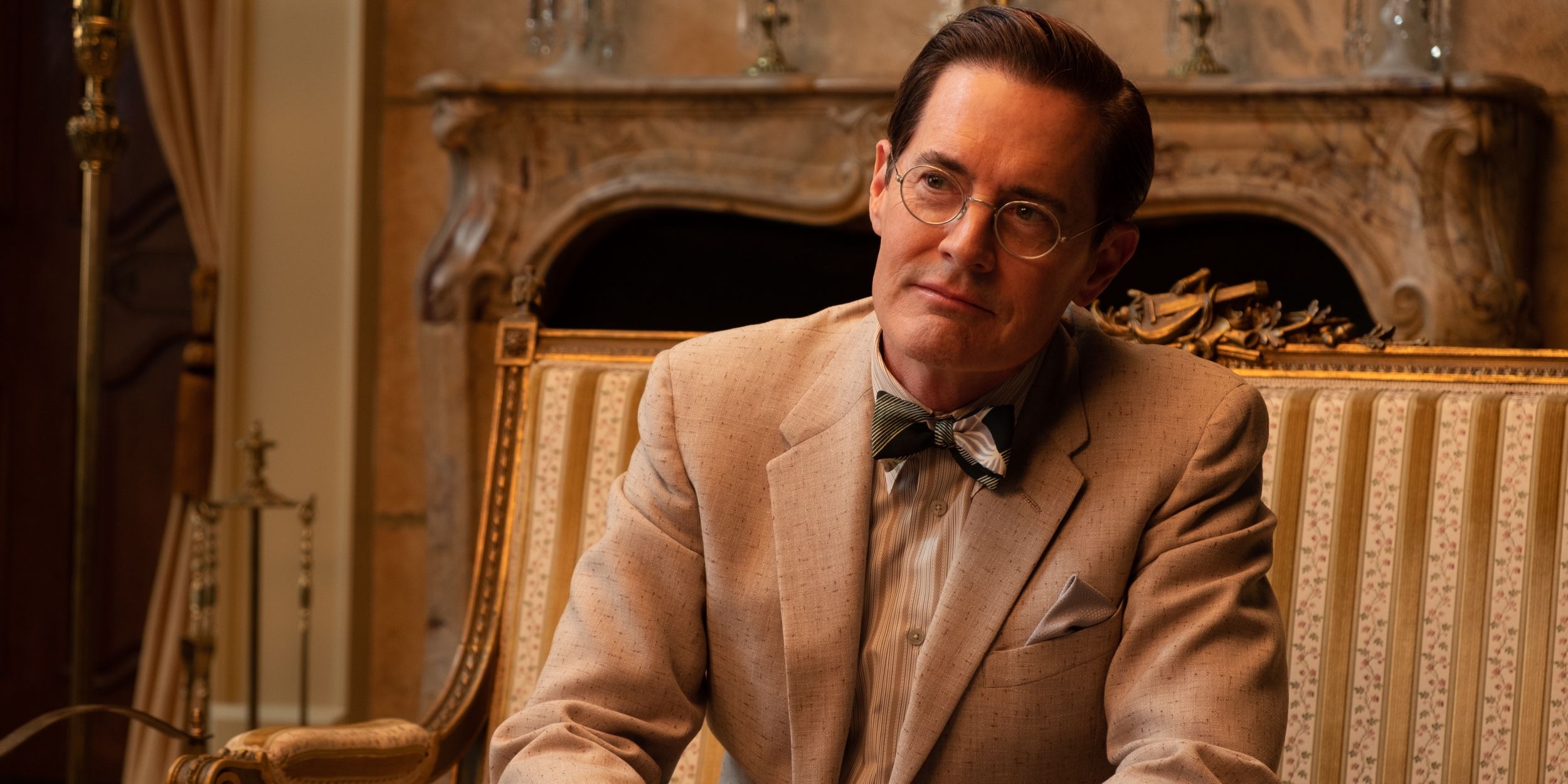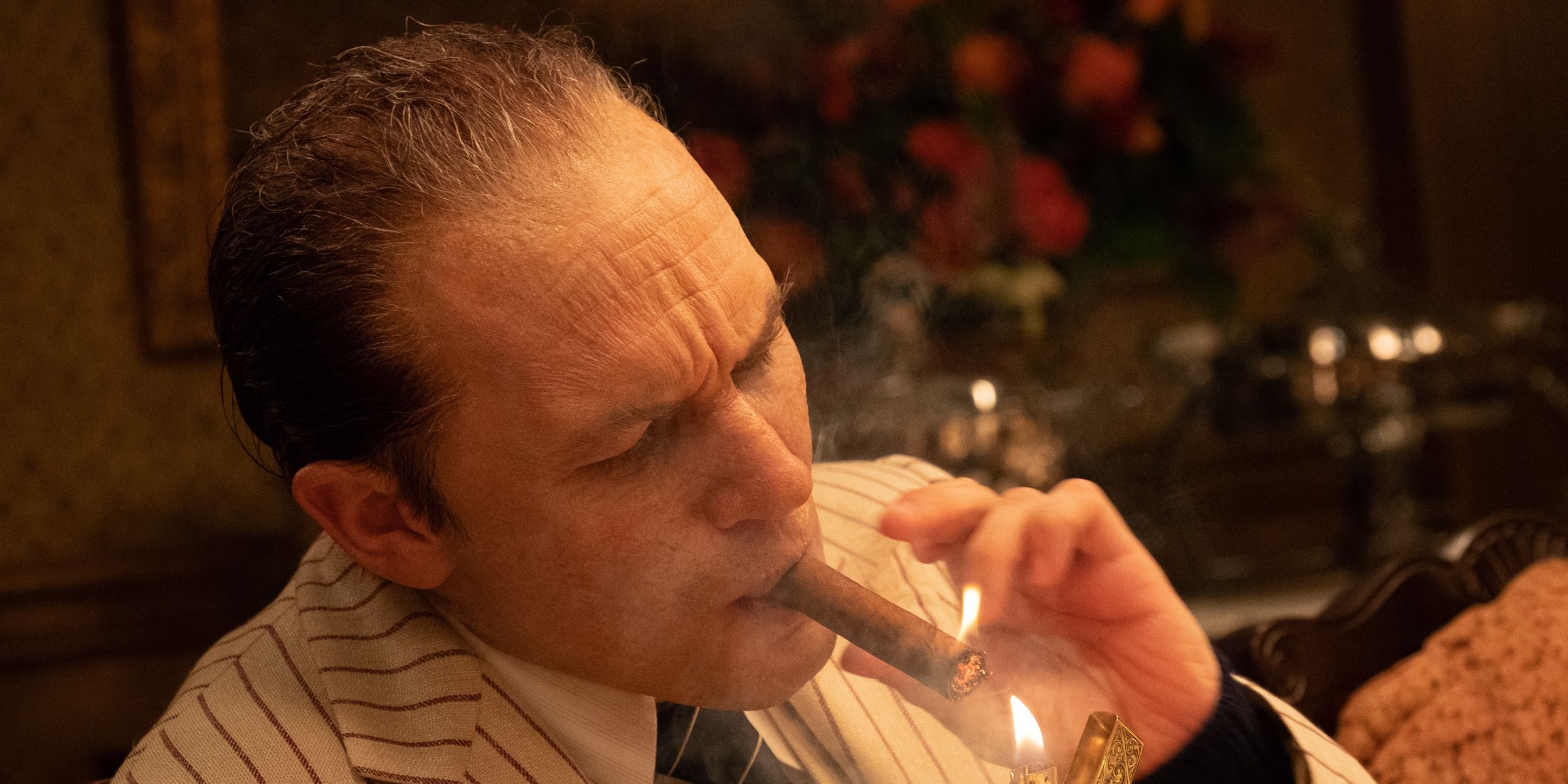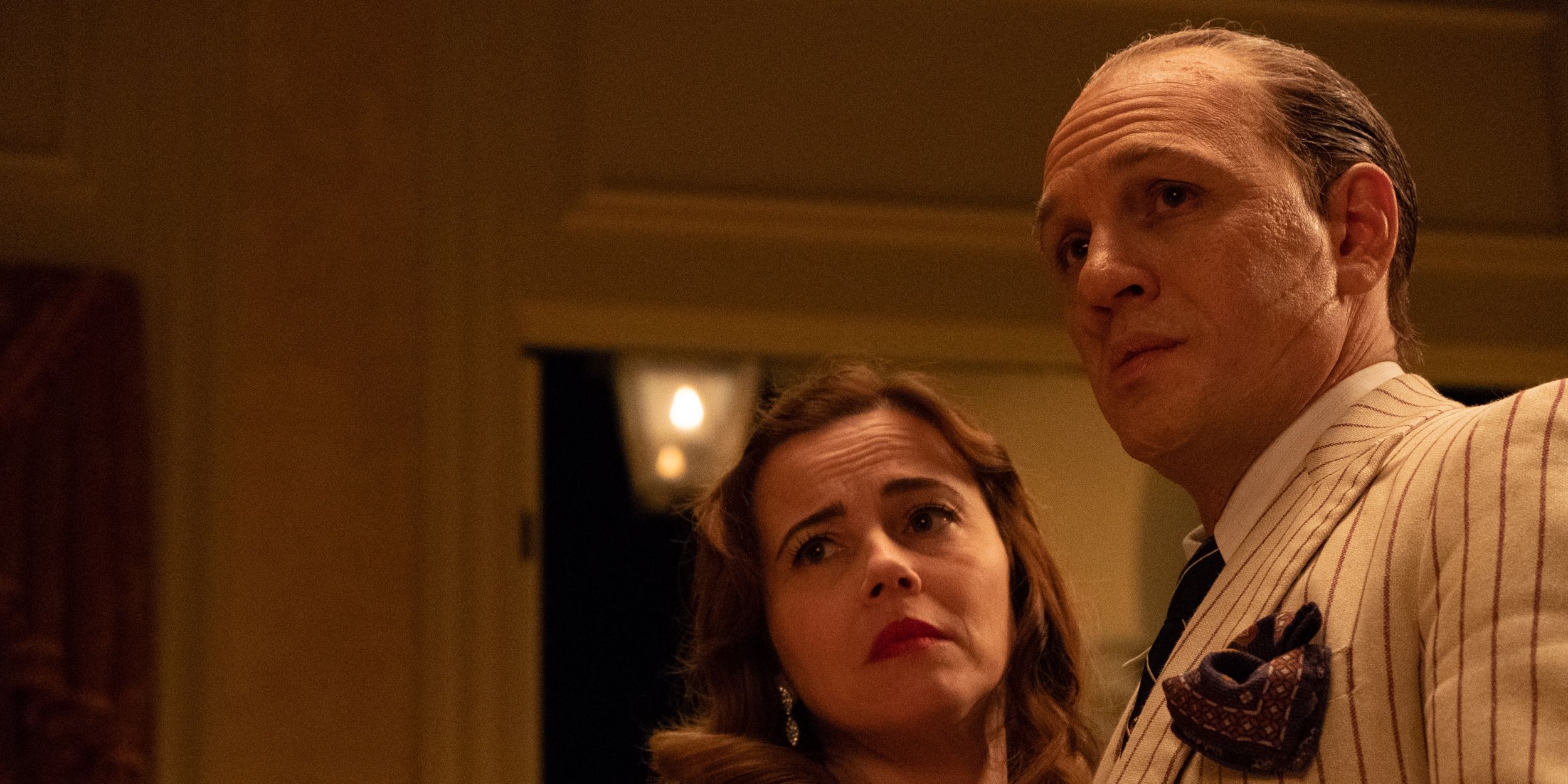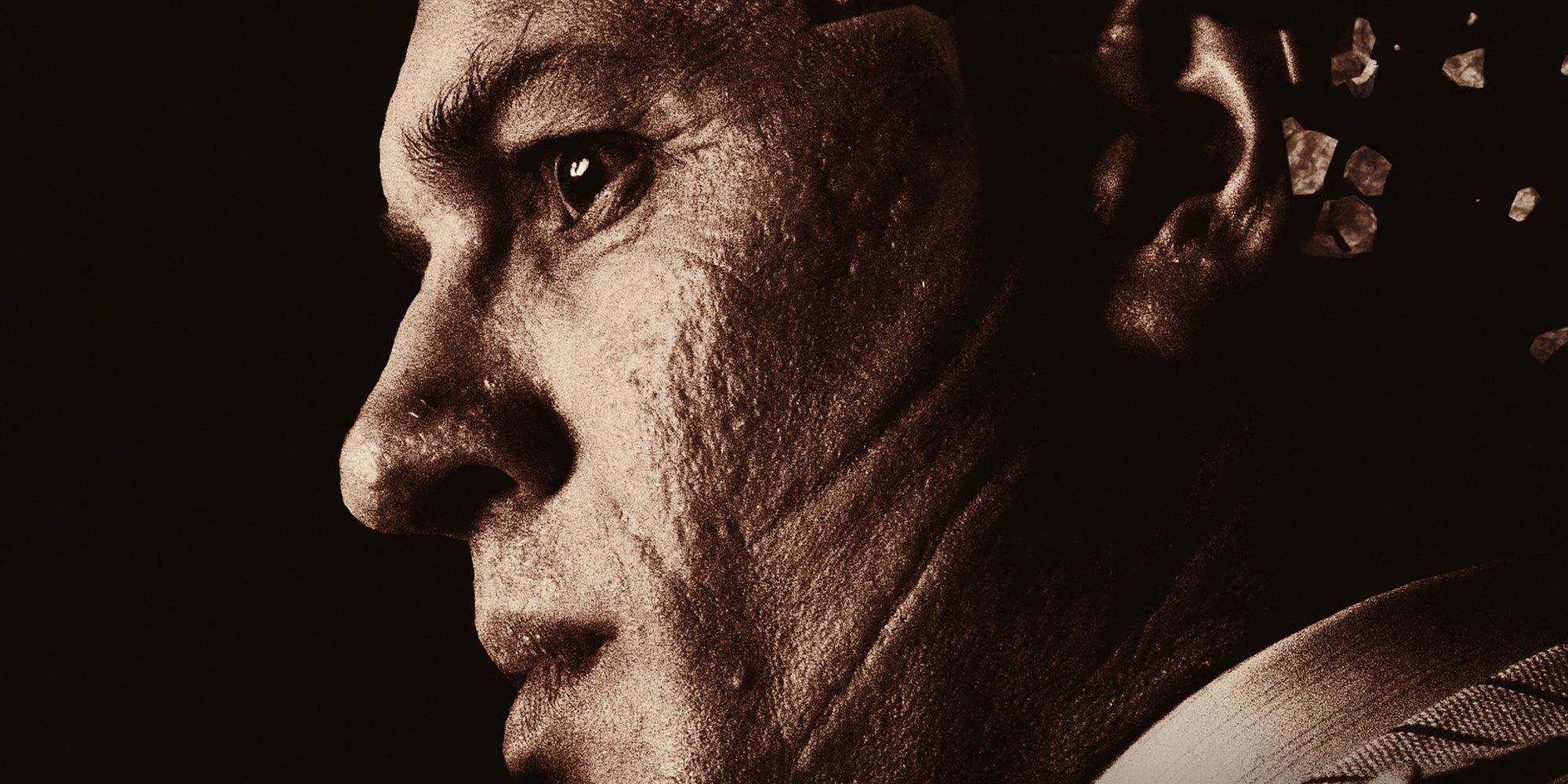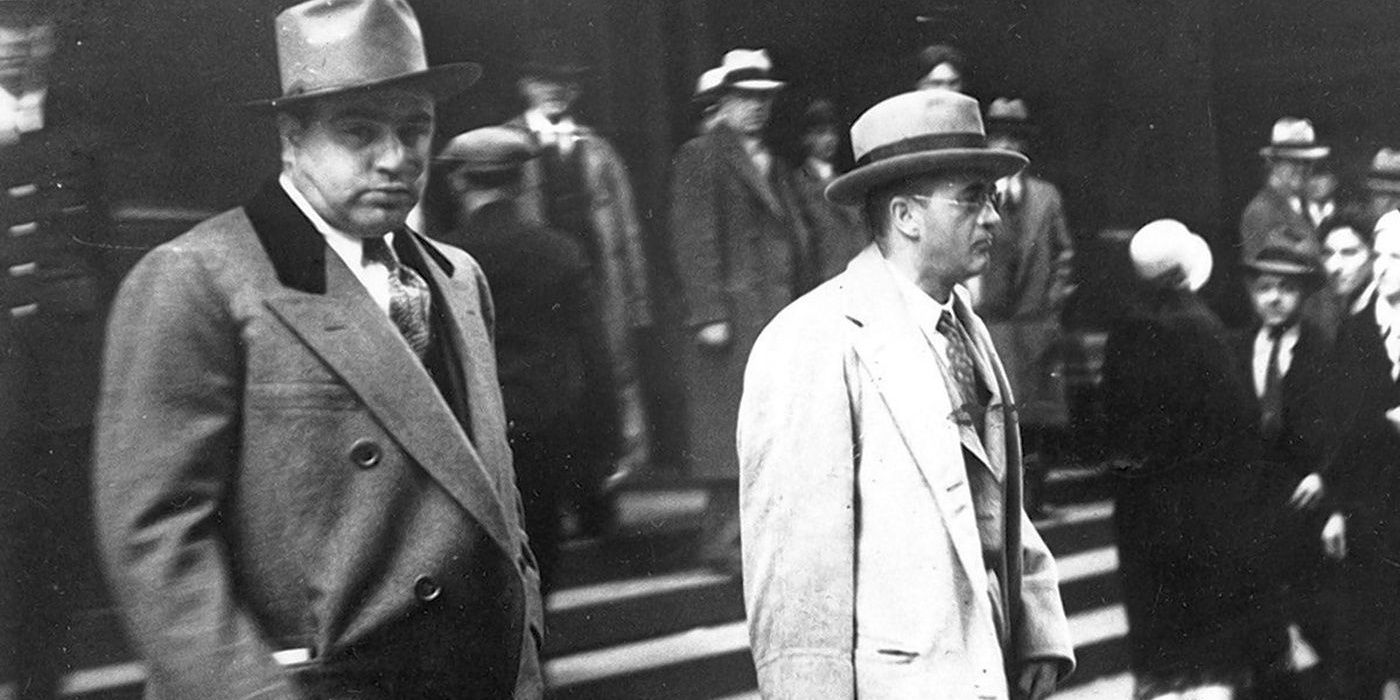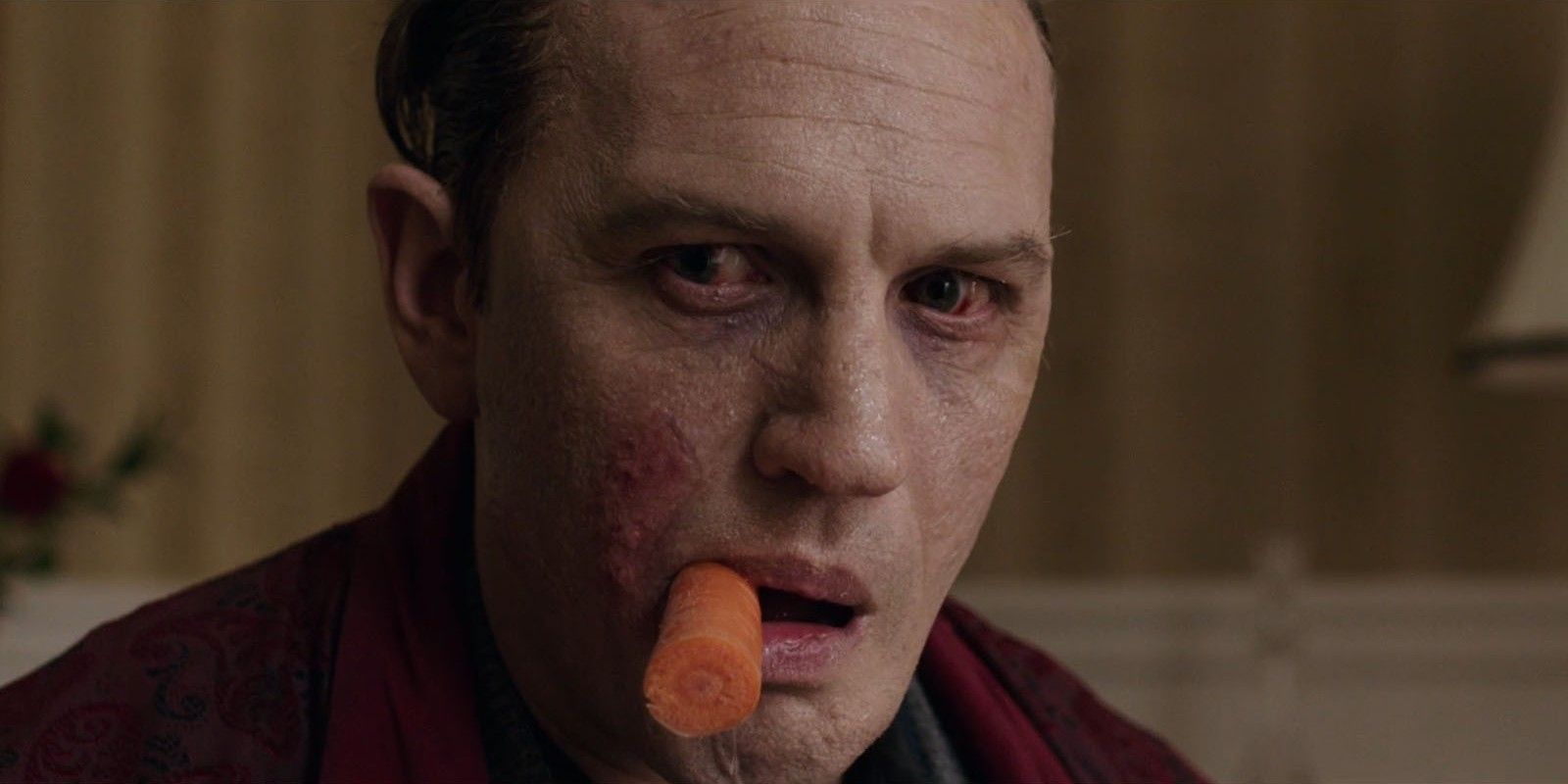Another exploration of Al Capone's life is now out in the form of Josh Trank's movie Capone, and here are the biggest changes the film makes to what happened in real life. Following the disastrous release of Fantastic Four in 2015, Trank has finally returned to direct a new movie. Starring Tom Hardy as the well-known gangster, Capone has been released in video on demand formats (for rental or purchase) due to coronavirus.
The set up for Capone is reasonably straight forward, even though reviews for it have been relatively mixed. The movie picks up a decade after Capone was sentenced to prison in 1931 for tax evasion, where he is now a free man due to his deteriorating mental state. Capone was diagnosed with paralytic dementia while in prison, which was caused by the syphilis infection he's had since the age of 15. His physical and mental condition keeps him confined to his home in Florida, where he is surrounded by family and a small army to protect him. However, with the FBI still watching him, Capone explores the paranoia of the notorious gangster's final year and the regrets that he had.
Since Capone hits the ground running with telling this chapter of Capone's life, it completely disregards his time in power. However, this part of his life has already been covered in multiple films, such as The Untouchables - where Robert De Niro played Capone. Although some viewers may have some knowledge of Capone's earlier years, his final days haven't been as thoroughly explored. But that doesn't mean that Capone is entirely accurate in adapting the titular character's life.
The Myth of Capone's Hidden $10 Million
The driving force for Al Capone's paranoia in Josh Trank's movie is the possibility that he hid (or lost) $10 million several years before he went to jail. Due to the accumulation of his wealth as a crime lord, it has long been theorized that Capone hid millions of dollars in discrete locations to continue providing for his family after he was gone. There are even members of Capone's family in real life who believe that this is the case, and Capone indicates that he did hide money and forgot where it is located. His mental state even makes Capone think that his lost fortune is buried near water.
This makes for an intriguing underlying mystery for the movie, but it has never been proven that Capone had secret stashes of money. Geraldo Rivera attempted to prove the myth to be a fact in a 1986 TV special where he cracked open a safe that previously belonged to Capone. But, the TV event concluded with a vault opened and no money found inside. As probable as it might be that Al Capone would hide cash so the government couldn't get their hands on it, there is no concrete evidence to support this is true.
Capone Changes The FBI's Ongoing Investigation
Throughout Capone, it is shown that the FBI is still monitoring his livelihood, even in his solitude. It is accurate that the government never stopped investigating what Capone was up to, but Capone does change the methods they used. Early on in the film, it is shown that the FBI is listening to a phone call where Capone's second son (more on him later) attempts to speak to a father who was never there for him. If the FBI did have someone close to Capone trying to get information for them, it could not have been this other child.
The FBI is also shown to be working with Doctor Karlock (Kyle MacLachlan), who is attending to Capone throughout the film. Some agents believe that Capone is exaggerating his mental state and is entirely aware of where his hidden fortune is located. Karlock has a deal with the FBI to get them information on Capone and the money. Although Karlock is a fictional character, there was a doctor who worked with Capone in real life. But, there is no evidence to suggest that the real-life doctor was working with the FBI, so Capone added that element to their dynamic.
Capone Didn't Have A Second Son
The other mystery central to Capone is the possibility that he has a second son. This kid, named Tony, calls the Capone household repeatedly but never talks to his supposed father. Despite not connecting, Capone does remember his other kid and is reunited with him at the very end of the film. However, Capone completely made up Tony. Although Capone and his wife Mae reportedly had a great marriage, it is also reported that he had multiple affairs. However, it has never been confirmed that he had children with any other women. Trank has explained in interviews that he felt comfortable including this significant change due to the nature of the crime lord lifestyle, but that doesn't make the story of Tony any closer to being real.
What Capone Changed About His Family
Aside from the addition of an illegitimate son, Capone mostly gets the family dynamics right - although there are a few smaller changes. In real life, Capone's son was partially deaf, but there are no signs of this in the movie. When Sonny was born, he had congenital syphilis and required multiple surgeries throughout his childhood, including one that operated on his brain at the age of 7. Although Sonny survived this surgery, he was left partially deaf. The only other significant change to Capone's family in the movie is the presence of his older brother Ralphie. He is with Capone at his Florida mansion throughout the film, but most reports say Ralphie lived in Wisconsin after he was released from prison in 1935 until he died in 1974.
Capone's Biggest Regrets Are Fictional
The lucid mental state of Al Capone in the movie is used by Trank to provide multiple dream/nightmare sequences where he envisions something that isn't happening. For the film, two moments haunt him the most: abandoning Tony and the death he is responsible for. Capone repeatedly sees Tony as a child carrying a yellow balloon, reminding him of how he didn't raise and protect his other (fictional) kid. Since Tony is not a real person, it is unknown if this regret is something Capone felt. He also remembers the death of Johnny (Matt Dillon) and its ties to the massacre of an entire party. Johnny appears to be an amalgamation of multiple people inside his gang who he had to order be killed since he does not appear to be Capone's real-life mentor Johnny Torrio.
Did Capone Orchestrate The Saint Valentine's Day Massacre?
Capone also implies that the gangster was responsible for the Saint Valentine's Day Massacre, but was he really behind it? The massacre happened in 1929 when seven men associated with George "Bugs" Moran's North Side Gang (one of Al Capone's biggest rivals) were gunned down. It is largely believed that Capone did plan for this shooting to happen to eliminate his competition, although he was never convicted. Known suspects for the case included multiple men associated with Capone who were later found dead. At the same time, some believe members of the Chicago Police Department who wanted revenge for the death of a cop's child are responsible. So, even though Capone sides with the belief that the titular character was guilty, his ties to the Saint Valentine's Day Massacre are not fact.
Capone Didn't Give Up Cigars For Carrots
One of the silliest changes Capone makes to the crime lord that is absolutely not true is the notion that he gave up cigars in his final year and replaced them with carrots. Doctor Karlock suggests this change to Capone's lifestyle in the movie as a means to prolong his life expectancy. The result is Capone ditching the cigars and having a carrot hanging from his mouth for the majority of the film. But, this is not factual, and even Trank admitted that he made it up in an interview with USA Today. It makes for a fun visual throughout Capone, but this isn't how the gangster lived his final year.

